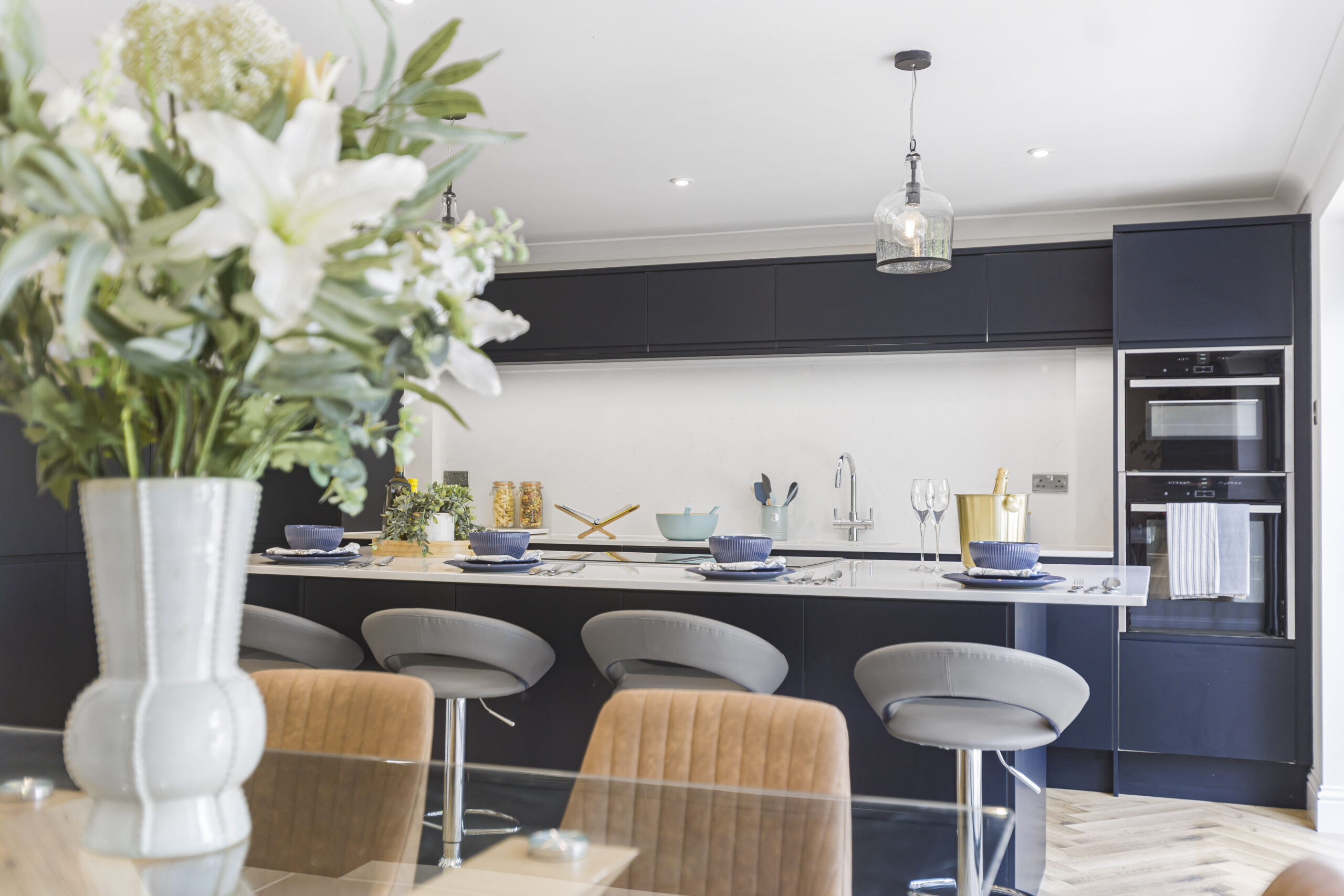
When it comes to selling property, most people focus on features: square footage, number of bedrooms, postcode. But here’s a powerful truth that great stagers and estate agents understand intuitively — buyers make decisions emotionally first, and rationally second.
It’s not just about whether a property ticks all the boxes — it’s about whether it feels like home.
And that feeling? It’s not random. It’s rooted in neuroscience.
Let’s explore how the brain processes home environments — and how you can use that knowledge to stage spaces that spark immediate emotional responses and faster, higher-value sales.
The Emotional Brain: Why Logic Doesn’t Close the Sale
The brain has two key systems when making decisions:
-
System 1: Fast, intuitive, emotional (gut feeling)
-
System 2: Slow, logical, analytical
When a buyer walks into a property (or scrolls through a video tour), System 1 kicks in first. They feel the space. They sense comfort, connection, possibility — or they don’t. If that emotional “yes” doesn’t happen early, the logical part won’t bother catching up.
That’s why creating emotional resonance through staging is so crucial. You’re not just arranging furniture — you’re hacking the human brain.
What Neuroscience Tells Us About Feeling at Home
1. Familiarity Breeds Comfort
The brain is wired to favour the familiar. When buyers see elements that feel known — soft textures, warm light, a reading nook that reminds them of childhood — they feel safer and more relaxed.
Staging tip: Use timeless layouts, familiar lifestyle cues (like mugs, books, plants), and colour palettes that echo nature (beiges, greens, warm whites).
2. Lighting Affects the Limbic System
The limbic system controls emotion and memory. Soft, natural lighting can activate feelings of calm and safety. Harsh or dim lighting, on the other hand, can trigger discomfort and unease.
Staging tip: Prioritise daylight, use layered lighting (ceiling + table + accent), and avoid cold LED bulbs.
3. Scent, Texture, and Sound Create Multi-Sensory Anchors
The more senses you engage, the more memorable a space becomes. Soft fabrics, pleasant scents (think: fresh linen, subtle citrus), and calming background music can instantly improve how a home is perceived.
Staging tip: Use tactile throws, natural textures (wood, linen), and minimal ambient music during viewings. Keep scents subtle and universal.
4. Order Signals Safety
The brain likes symmetry, flow, and visual clarity — because chaos triggers stress responses. A clean, uncluttered space reduces cognitive load, helping buyers feel in control and focused.
Staging tip: Use consistent spacing, avoid overcrowding furniture, and keep surfaces mostly clear. Clarity = calm = confidence.
5. Personal But Not Too Personal
Buyers want to picture their lives in a home — not yours. But an overly sterile space feels cold. The key is just enough personality to spark imagination, not overwhelm it.
Staging tip: Include emotional cues like a framed quote, a throw draped over a chair, or a neatly placed pair of wellies by the door. Don’t leave rooms blank — but don’t make them shout.
💡 Real-World Staging That Works with the Brain
Try incorporating these brain-friendly tactics into your next staging project:
-
Visual warmth: Use warm whites instead of bright whites.
-
Biophilic design: Add greenery — even faux plants can lower stress.
-
Zoning: Define clear areas for eating, relaxing, working — the brain loves structure.
-
Flow paths: Leave space to walk naturally through rooms without obstruction.
-
Each of these contributes to what neuroscientists call emotional congruence — when what you see and feel aligns with the life you want to live.
Sell the Feeling, Not Just the Features
Staging that speaks to the senses, the memories, and the emotional wiring of the brain doesn’t just look nice, it sells.
Because when buyers say, “It just feels like home,” what they’re really saying is: “This space speaks to my brain in a way I can trust.”
Understanding that — and designing for it — is what separates ordinary property presentations from extraordinary ones.
So next time you stage a home, don’t just ask, “Does this look good?”
Ask, “Does this feel right?”
Recent Comments